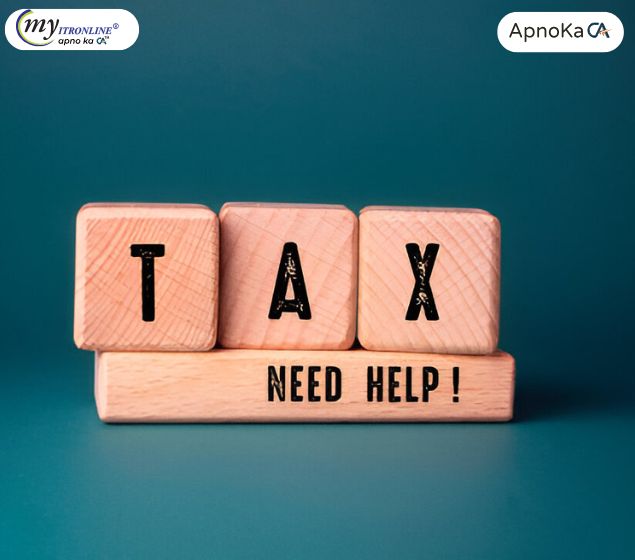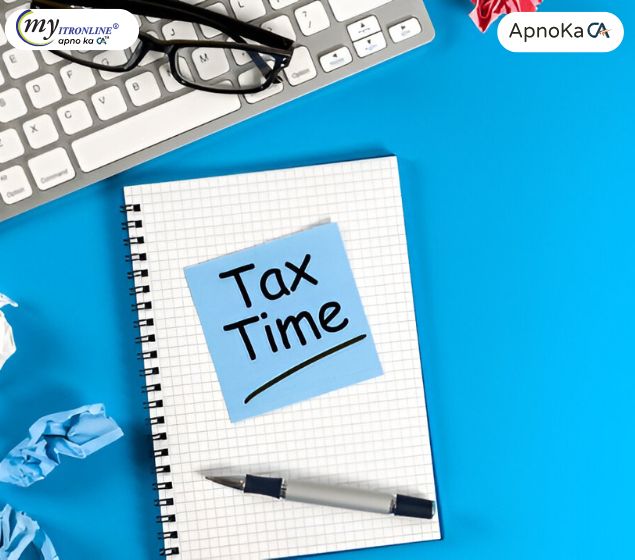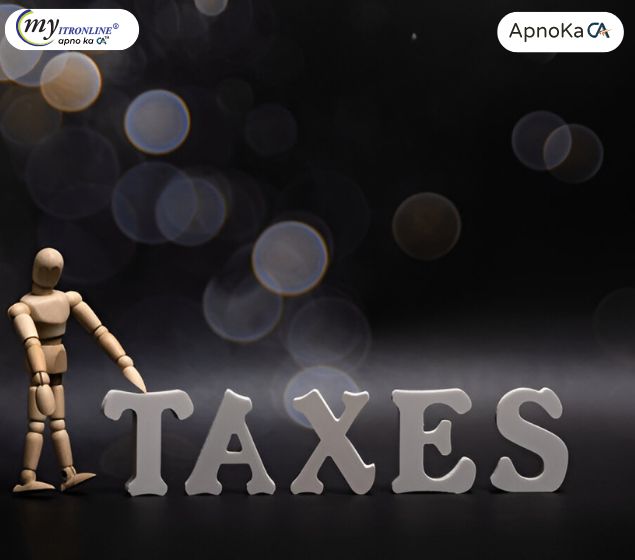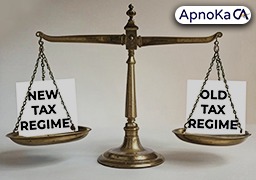# newtaxregime
12 posts in `newtaxregime` tag

HRA in the New Tax Regime: What You Must Know to Avoid Notices
This blog demystifies the treatment of House Rent Allowance (HRA) under India's New Tax Regime. It clarifies whether HRA is exempt, outlines its impact on your tax filing process, and provides crucial advice on how to navigate the changes to avoid receiving tax notices. Learn the key differences from the old regime and ensure your tax compliance is seamless for the current financial year and beyond.

19 Lakh Salary? Here's How to Pay ZERO Income Tax in the New Regime
This blog delves into the strategic methods allowing salaried professionals to pay nil income tax on a ₹19 lakh annual salary under India's New Tax Regime (effective FY 2024-25). It outlines how leveraging increased basic exemption limits, the enhanced Section 87A rebate, standard deductions, employer's NPS contributions, and smart flexi-pay salary structuring can lead to a tax-free income, complete with illustrative calculations and actionable steps.
.jpg)
Don't Miss Out! Maximize Section 87A & Claim Every Deduction in Your FY 2024-25 ITR
Maximize your savings and simplify your ITR filing for FY 2024-25! Discover how to effectively utilize the Section 87A rebate and navigate the complexities of deductions under both the old and new tax regimes. This essential guide empowers you to make informed choices, accurately claim every eligible deduction, and confidently file your ITR to prevent any unwelcome tax notices.
.jpg)
The New Tax Regime Advantage? Standard Deduction Changes for FY 2024-25 Explained
Grasping the concept of standard deduction is essential for every salaried person in India. Following the recent updates in the Union Budget 2024, the framework for standard deduction has changed, particularly within the new tax framework. This comprehensive guide clarifies what standard deduction entails, the updated limits for both regimes, eligibility criteria, advantages, and practical illustrations.
.jpg)
ITR-1 & ITR-2 Filers: Switch Tax Regimes Without Form 10-IEA
This blog post clarifies that individuals and pensioners filing ITR-1 or ITR-2 (without business or professional income) do not need to file Form 10-IEA to switch between the old and new tax regimes on an annual basis. It explains that the choice can be made directly within the ITR form itself each year, even when opting out of the default new regime (effective AY 2024-25) or switching back to it later. The post contrasts this flexibility with the stricter requirement for those with business income (filing ITR-3/ITR-4) who must use Form 10-IEA to opt out and face limitations on switching back.

AY 2025-26 ITR Filing: Understanding New Rules for Tax Reporting & Capital Gains
This blog post details the significant updates in India's Income Tax Return (ITR) forms for Assessment Year 2025-26 (FY 2024-25). It covers the default New Tax Regime and the opt-out process using Form 10-IEA, major changes in capital gains reporting including simplification for small investors (LTCG up to ₹1.25 lakh in ITR-1/4) and bifurcation of Schedule CG (pre/post July 23, 2024). It also explains key tax reporting updates like mandatory TDS section codes, enhanced deduction reporting via dropdowns, new rules for Section 80GG (Form 10BA), increased presumptive tax limits, and the revised threshold for Schedule AL. It concludes with a guide on choosing the correct ITR form and important filing deadlines.

High Income Taxpayers: Essential Update on Surcharge & Marginal Relief (AY 25-26 & Budget 25)
This blog explains the concept of income tax surcharge and marginal relief in India for AY 2025-26 (FY 2024-25). It details the current surcharge rates under both old and new tax regimes and illustrates how marginal relief prevents excessive tax liability near surcharge thresholds. Additionally, it covers key Budget 2025 proposals affecting FY 2025-26 (AY 2026-27), including revised tax slabs, increased rebate under Sec 87A, and a new type of marginal relief linked to the rebate threshold.

Maximize Tax Savings: How to Claim Both 80C & 80CCD Deductions (AY 2025-26)
This guide explains how taxpayers can claim deductions under both Section 80C and Section 80CCD (NPS) of the Income Tax Act for AY 2025-26. It details the limits and interaction of 80C, 80CCD(1), 80CCD(1B - additional ₹50k), and 80CCD(2 - employer contribution). The post clarifies that combining these benefits (up to ₹2 Lakh + employer contribution) is possible under the Old Tax Regime, while only 80CCD(2) is available under the New Tax Regime. An example illustrates maximizing deductions under the Old Regime.

Your FY 2024-25 Investments & Their Impact on AY 2025-26 Tax Return
Your FY 2024-25 investments directly impact your AY 2025-26 tax return. This guide covers tax-saving deductions (80C, 80D), taxable income (interest, dividends), capital gains reporting, and regime selection (old vs new). Ensure accurate filing with proper documentation.
.jpg)
HRA and LTA Explained: Essential Tax Benefits for Salaried Individuals in 2024
This blog discusses the tax benefits of the House Rent Allowance (HRA) and Leave Travel Allowance (LTA) under the Income Tax Act. Learn how to calculate HRA exemptions, claim LTA benefits, and compare the old and new tax systems to optimize your tax savings in 2024.

Tax Surcharges Uncovered: Detailed Insights into Old and New Regime Structures
This blog gives a thorough comparison of surcharge rates under India's old and new tax systems. Learn how these rates effect your tax burden and which regime is best for your specific financial position.
.jpg)
Old vs New Tax Regime in India: A Comprehensive Comparison
Understand the key differences between the Old and New Tax Regimes in India. This blog provides a detailed comparison of tax slabs, exemptions, deductions, and practical examples to help you decide which regime is better for your income level.
